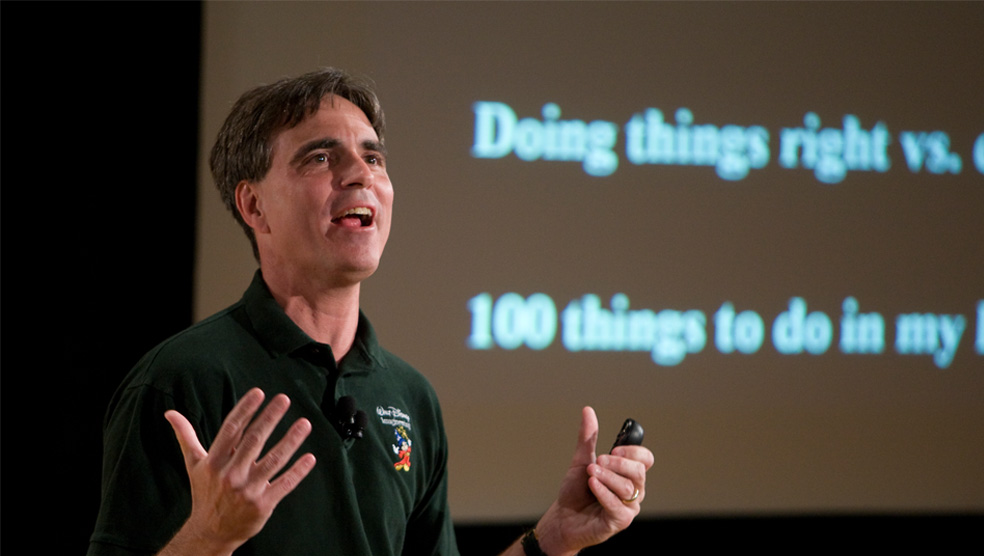Who cares how your kids learn about financial literacy? The important thing is that they do.
One of the people who inspires us at the Gifting Sense project is the Carnegie Mellon Computer Science Professor whose “last lecture” went viral in 2007. One of the stories told in that lecture was about the Alice Project 1, educational software designed to get more kids to learn how to code – but in a nontraditional way. Dr. Pausch’s view was that who cares if kids learn how to code while creating animated movies and games? The important thing is that they learn to code.
He popularized the term “head fake” to describe indirect learning: “The best way to teach somebody something is to have them think they’re learning something else. … the head fake here is that they’re learning to program, but they just think they’re making movies and video games.”
Randy did with the Alice Project what we at Gifting Sense want to do with shopping. He used animation to teach coding, and we want to use shopping (for back-to-school clothes and equipment, holiday and birthday gifts) to help kids learn to think before they buy. We believe that thinking before buying is the cornerstone of being good with money, a simple but foundational skill.
Thinking before buying does so much more than just help us save money.
We live in a world where it has never been easier to buy things. But at the same time, the need to more carefully consider what is being bought has never been greater – for all sorts of reasons, not the least of which is the aggregate waste and environmental impact of gifts that are never used or appreciated.
By asking children to take three minutes to answer 10-12 questions before they spend their own money or anyone else’s, we begin to replace waste and disappointment with learning to be money-smart and happy. The DIMS SCORE® Calculator was specifically designed to be quick and easy to use and ensure that kids will only end up asking for items they really want and value. Parents don’t waste their time or money, and kids receive clothes, equipment, or gifts that are genuinely appreciated. It’s a win-win!

But don’t just take our word for it. Test drive the DIMS SCORE® Calculator and see for yourself how it moves thinking before buying from something kids do to “get what they want” to something that helps them want…items and experiences that make sense for them and their family, all at once, for free.
We never had the pleasure of meeting Dr. Pausch. But we believe he would respect our approach to early financial education. If you’d like to learn more, click on the blue or green buttons below.
1 Alice used drop-and-drag graphics, which allowed students to immediately see how animation programs ran. This enabled them to more easily understand the relationship between programming statements and the behavior of objects in their animation. By manipulating the objects in their virtual world, students gained experience with all the programming constructs typically taught in an introductory programming course.
Child Development For Parents For Teachers



